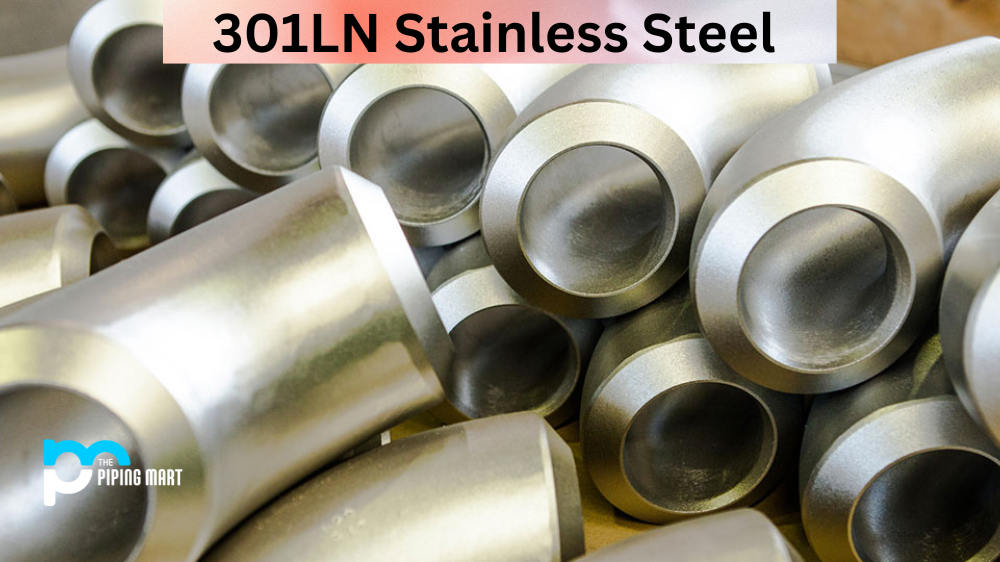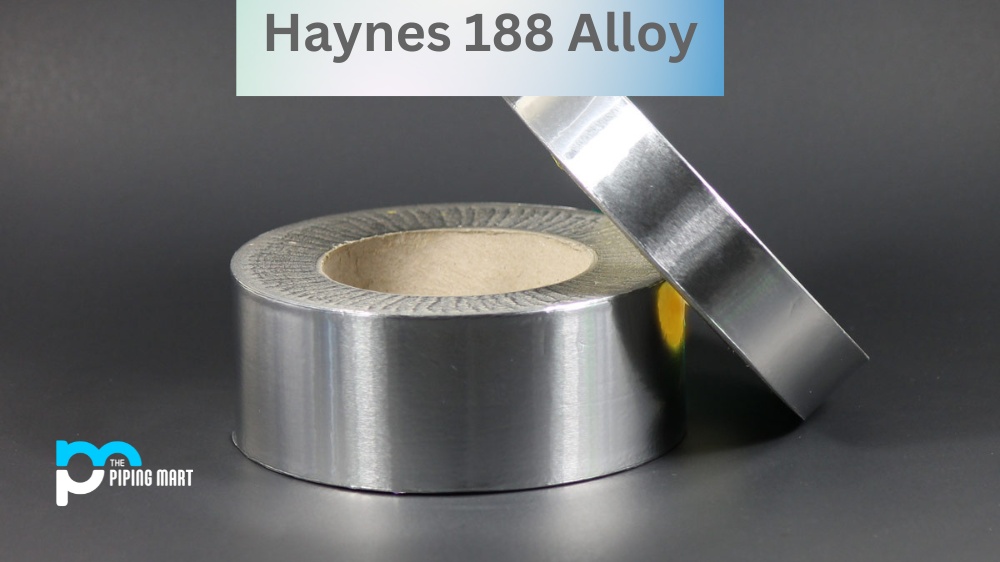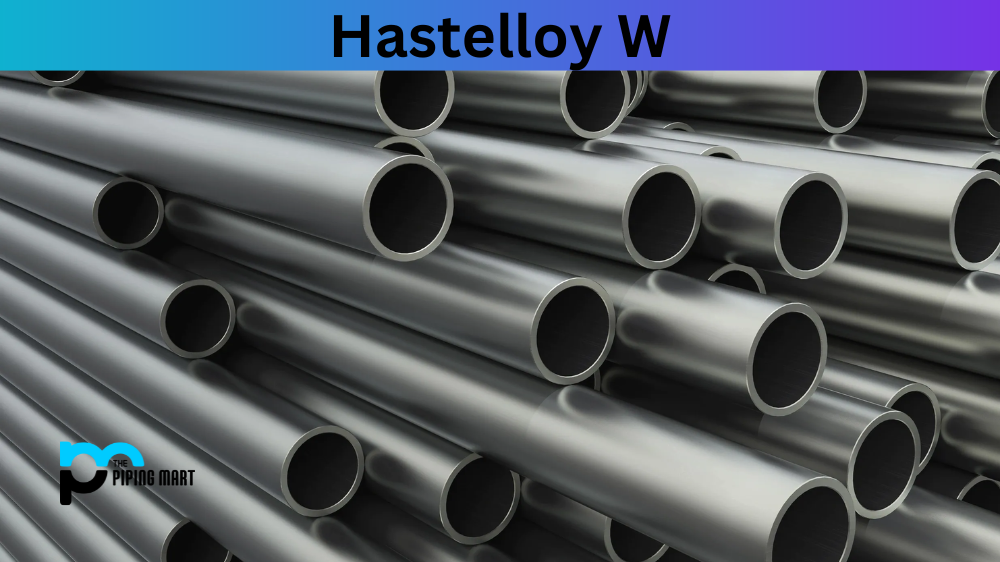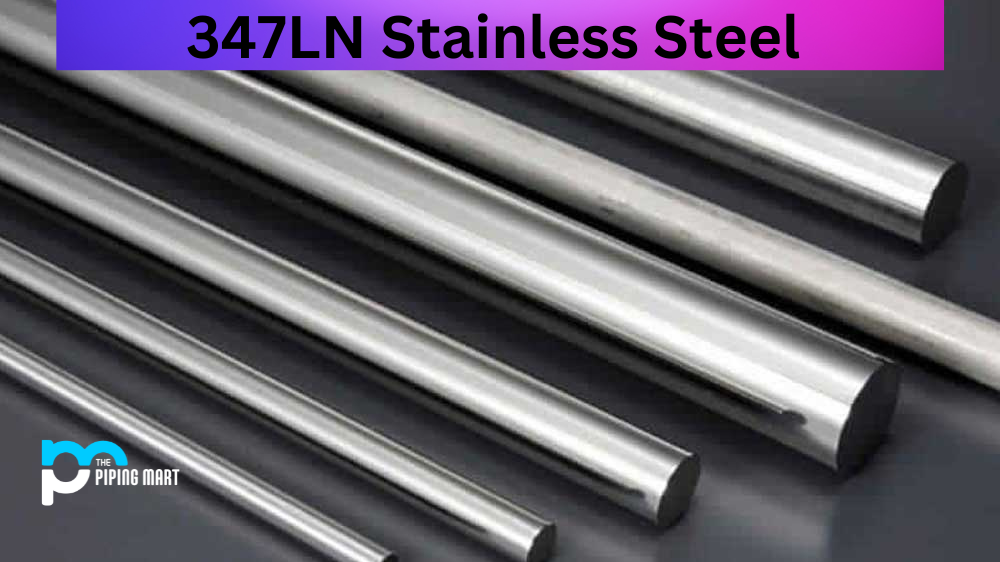Whether you are a professional in the metalworking industry or just an enthusiast looking to learn more, it pays to know the facts about different types of metal. Here we will discuss all the details you need to know about 301LN stainless steel, including its composition and physical and mechanical properties, as well as its uses.
AISI 301LN Composition
UNS S30153 is a type of austenitic stainless steel that has been modified with nitrogen to increase strength and corrosion resistance. It contains 6-8% nickel, 17-19% chromium, up to 0.15% carbon, up to 1.0% manganese, up to 0.045% phosphorus, up to 0.03% sulfur, 2-3% molybdenum, and up to 0.1% nitrogen. It also contains traces of iron, silicon and copper depending on the grade of 301LN stainless steel used.
| Element | Content (%) |
|---|---|
| Iron, fe | Balance |
| Chromium, Cr | 16-18 |
| Nickel, Ni | 6-8 |
| Manganese, Mn | 2 max |
| Silicon, Si | 1 max |
| Nitrogen, N | 0.07-0.20 |
| Phosphorous, P | 0.045 max |
| Carbon, C | 0.03 max |
| Sulfur, S | 0.03 |
AISI 301LN Physical Properties
The physical properties of ss 301LN include a melting point range between 1450°C (2642°F) and 1520°C (2768°F), a density between 7.7 g/cm3 (0.284 lb/in3) and 8 g/cm3 (0.290 lb/in3), a Brinell Hardness between 190 and 220 HBW, a Vickers Hardness between 200 and 225 HV, an electrical resistivity between 75 μΩ·m (20 °C) (2175 µΩ·in at 20 °C) and 105 μΩ·m (20 °C) (3060 µΩ·in at 20 °C), electrical conductivity between 16 % IACS at 20 °C (68 % IACS at 68 °F) and 21 % IACS at 20 °C (88 % IACS at 68 °F). It also has good formability characteristics due to its low yield strength when compared with other types of stainless steel alloys with similar compositions.
AISI 301LN Mechanical Properties
The mechanical properties of 301LN stainless steel include an ultimate tensile strength ranging from 550 MPa (79700 psi) to 850 MPa (123000 psi), elongation at a break between 40 % minimum up to 70 % maximum depending on the grade used, a yield strength ranging from 300 MPa (43500 psi) minimum up to 500 MPa (72500 psi). It also exhibits excellent fatigue behaviour, with its high fatigue limit values surpassing those of other austenitic grades, while its fracture toughness is comparable with that found in austenitic grades such as 304 or 310.
| Properties | Metric | Imperial |
|---|---|---|
| Tensile strength (Outokumpu typical, cold rolled strip/sheet; EN 10002-1) | 765 MPa | 111000 psi |
| Yield strength (@strain 0.200 %) | 350 MPa | 50800 psi |
| Elastic modulus | 193 GPa | 27992 ksi |
| Poisson’s ratio | 0.300 | 0.300 |
| Elongation at break (in 50 mm) | 47% | 47% |
AISI 301LN Equivalent
- ASTM A666
- JIS G4305
- EN 10088-2
- EN 1.4318
- JIS SUS 301L
AISI 301LN Uses
Grade 301LN is often used for applications requiring superior corrosion resistance, such as in chemical processing equipment or oil refining equipment where temperatures can reach over 450°C (842°F). It is also used in food processing equipment due to its non-magnetic nature, which helps prevent contamination from magnetic particles; however, it should not be used where temperatures exceed 500°C as this could lead to embrittlement. Other common uses include marine hardware components such as cleats, mooring bollards, anchor shackles, deck plates, etc. automotive trim pieces such as bumpers, grilles, door handles, etc., and architectural facades for buildings due to their attractive appearance when polished.
Conclusion
As you can see, there are many reasons why you might want to use 301LN stainless steel for your project or application. Its combination of excellent corrosion resistance due to its high chromium content combined with good mechanical properties makes it suitable for many applications where strength is important, but corrosion resistance is equally so. Thanks for reading!

Pipingmart is a B2B portal that specializes in metal, industrial and piping items. Additionally, we share the latest information and information about materials, products and various types of grades to assist businesses that are involved in this business.




